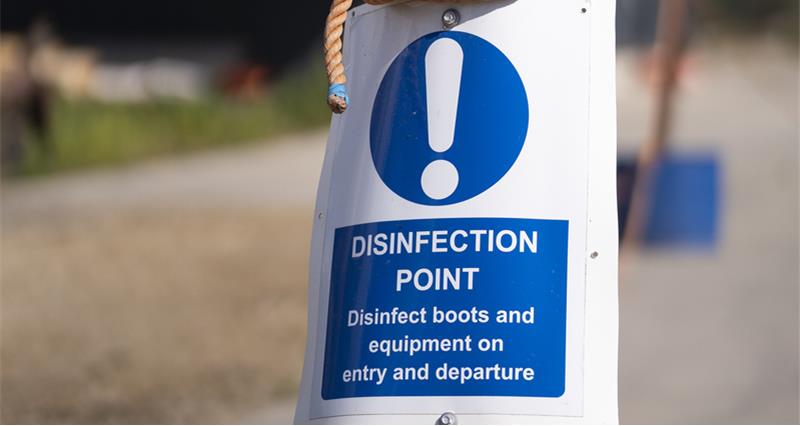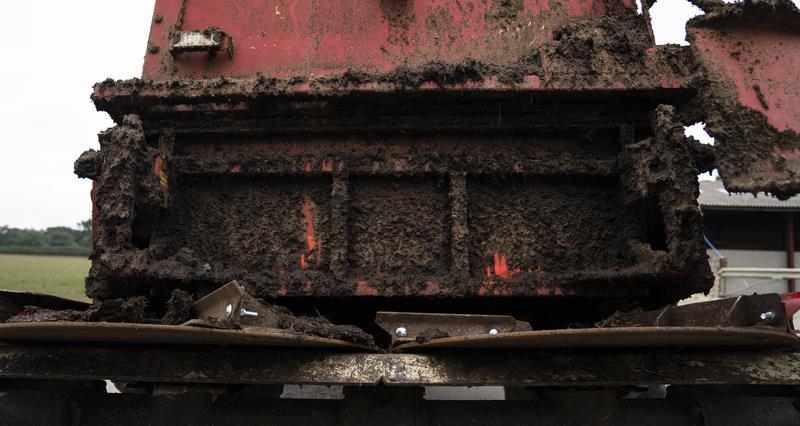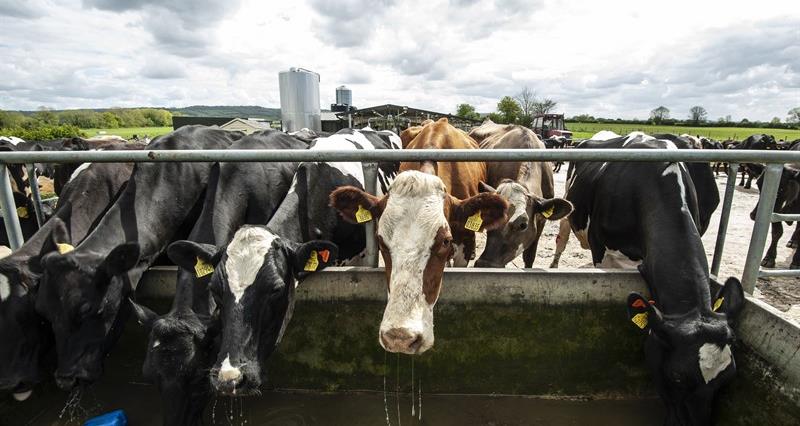Treat your immediate location as a single epidemiological unit which you need to protect from external threats. Don’t be embarrassed to build your fortress – it’s your home and business. If visitors aren’t willing to respect your requests, question if you want them coming onto your farm.
Make a plan
Draw up a biosecurity plan for your farm showing maps and boundaries, where the livestock are housed and/or grazed, roads, public pathways, rivers/streams, wet or dry ground.
Your plan should include lists of emergency and regular contacts.
Task somebody on the farm to be a biosecurity champion and delegate drawing up your farm’s biosecurity plan to them.
This person should be familiar with the health status of the livestock and the daily activities around the farm which could introduce or spread disease. They should also be aware of the disease risks associated with the type of livestock on the holding.
They should be responsible for:
- Developing a risk matrix which compliments the biosecurity plan.
- Ensuring biosecurity steps are followed daily.
- Training others on biosecurity expectations.
- Taking corrective action if biosecurity is not followed.
- Updating and revising the plan.
- Putting the enhanced biosecurity plan into action during a disease outbreak.
Plan for visitors
Record people, visitors and vehicles coming onto your farm in a visitors’ book – record names, contact details and collect information about where they’ve been before coming to you.
If possible, create ‘safe routes or areas’ where visitors can go to or park, and use signage to make these areas obvious. These areas should be away from any livestock or birds.
Provide washing stations in these areas so that vehicles and visitors can undertake appropriate cleaning and disinfection before leaving the area.
Know your risks
If you have any other businesses operating out of your farm, think about the risks they might pose too. Do you have additional vehicles or people coming into your farm boundary related to those business activities? Those businesses need to be included in your biosecurity plan.
Include a risk register in your plan, with thought given to storage facilities, deliveries and security of your feed, bedding, livestock housing.
Think about your neighbours or the land use around your business – what particular risks must you protect against?
What livestock do you have contained in your single epidemiological unit? If you have multiple species, what risks do they pose to each other?
Consider any off-farm locations where animals are kept. These locations should be viewed as separate biosecurity / epidemiological areas. If possible, don’t share / use the same equipment, clothing or footwear in these different locations.











